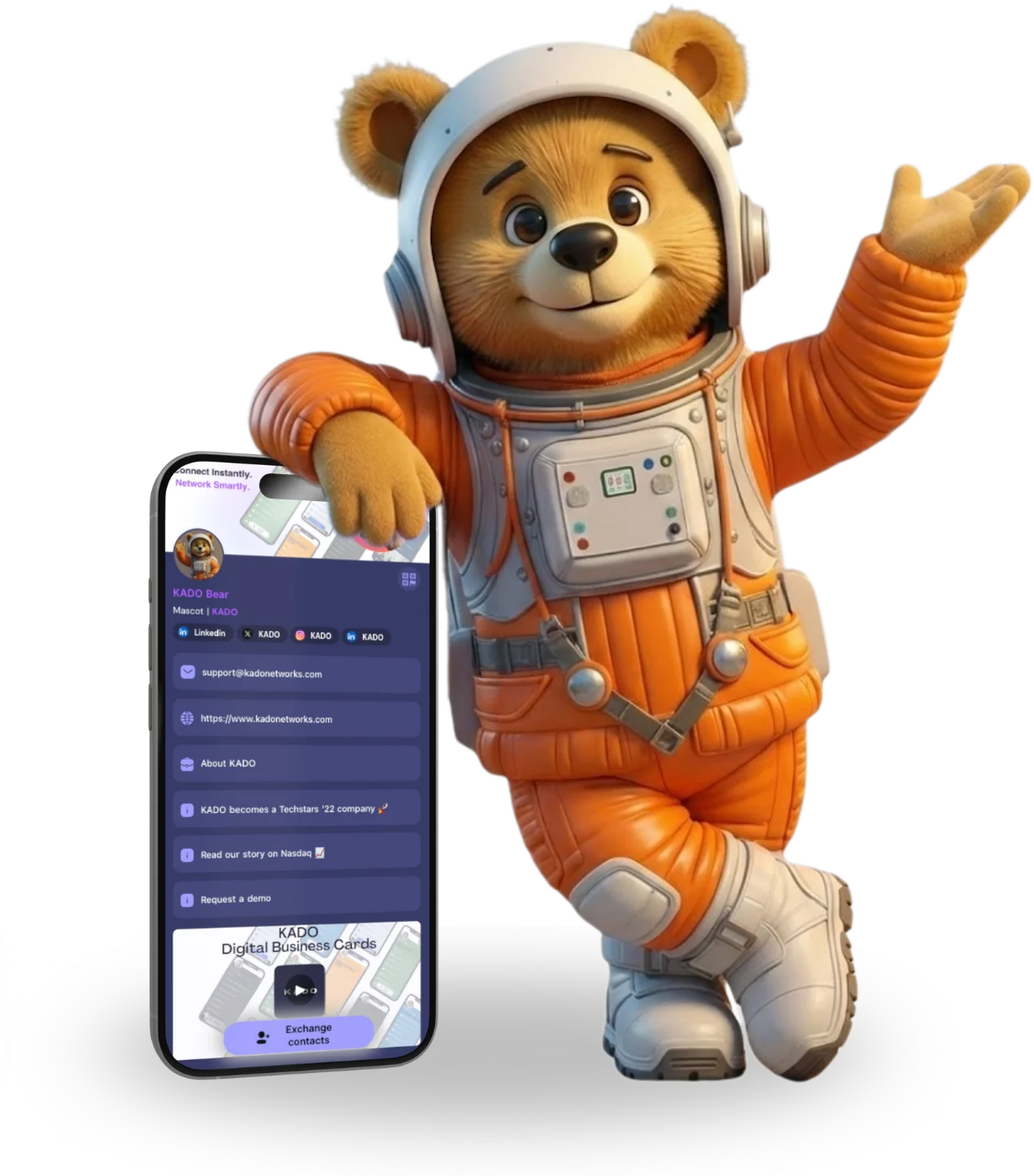 Torna alla lista dei post
Torna alla lista dei postGetting Rid of Introvert Styled Simple Replies
February 16, 2025
Are you an introvert?
Tired of always giving simple replies like “Yeah, Cool”, or just a nod?
Well, you are not alone. It’s a problem with many introverts.
Engaging in conversations is like a daunting task for them. It’s not like they don’t care about the conversation. Sometimes the words might not come naturally to their minds.
This blog post will help you step out of the comfort zone that simple replies provide. We’ll share actionable steps to help you express yourself confidently. All while remaining true to your nature.
Why Do Introverts Give Short and Simple Replies?
Have you ever caught yourself responding to a big question with just “Yes or No” and then wondered why you did that?
Opposite to popular belief, it is not because introverts don’t have anything to say. It often happens due to various reasons:
- Anxiety
- Overthinking
- Avoiding vulnerability
- Feeling overwhelmed in social settings
- Fear of saying the wrong thing
Steps to Quit Introvert Styled Simple Replies
The reasons that we shared in the previous section are valid. But they can unintentionally create barriers to a connection. For example, the person to whom you are replying can think that you don’t care about speaking with them (which certainly isn’t the true thing).
To get rid of such a situation read and implement the steps we have shared below. They’ll help you give proper replies while having a conversation.
1. Acknowledge Your Need
Time to formulate a reply, it’s a common challenge that introverts face during conversations. If you ever receive a message and think that you need a moment to organize your thoughts, take a pause. There’s no need to hurry.
For example, if a person asks you a question, do not rush to answer immediately. Take some time to think about the right answer. If I need a brief pause, politely reply, “Hmm, let me think about it.”
2. Use Open-Ended Phrases
Short replies typically result from trying to close off conversations quickly. To avoid this, practice sparking openness by slightly extending your answers.
We are not saying to write lengthy paragraphs. Just a simple extra sentence.
For example, if a friend sends you a message about how the movie was? Instead of replying “It’s fine” you should say something like “It’s fine, I liked how they ended the movie.”
If you still find it difficult to write a sentence, get assistance from the AI sentence expander tool. This tool is designed to help people make their sentences longer. Simply, give it two to three words and it’ll make a perfect sentence for you in the desired tone.

Source: https://www.summarizer.org/sentence-expander
Adding a little context can encourage a natural flow, creating space for a meaningful exchange.
3. Reflect on Your Interests
Introverts often put their energy only into the things that reflect their interests. Being an introvert if you ever struggle to engage yourself in a conversation, try to divert its topic. Like the one that interests you. When you do this, you’ll find it easier to give a response.
For example, if you love reading books and a friend asks you “What’s new with you?”. Reply to them like, “I just started a novel, it’s been a while since I’ve found time to read”.
4. Ask Questions in Return
Some introverts feel awkward during conversations because they dislike talking about themselves.
That’s perfectly okay.
In such scenarios, a great way to exit the spotlight (while still engaging) is to ask questions back.
For example, you can say something like “Sounds interesting. What made you think of that?” This will deepen your interaction with the person. Plus, it’ll also give you a natural pause to focus on being a listener.
5. Practice Active Listening
It’s hard to give replies when your mind is elsewhere during the conversation. Practice active listening to stay present and engaged. Repeat or summarize what the other person is saying.
For example, if a person is telling a story about their weekend. Don’t just reply like “Cool” or “Good to hear”. Instead, say something like “That sounds interesting. What other sports do you play there?”
6. Start With Familiar People
You cannot practice giving perfect replies under high-pressure scenarios. That’s why it is good to practice with people you are comfortable with i.e., friends, siblings, colleagues, etc. By doing this you’ll get more confidence. As you start feeling more confident, start expanding your comfort zone gradually.
7. Practice Writing
If you are too shy or find it too difficult to find the right words during conversation, start writing. By this, we mean you should practice writing your thoughts or stories, like in a journal.
If you are not good at making stories, get assistance from an AI story generator. They’ll make it easy for you to craft stories. For example, if you want to write a story about “how I became a bright student”. Simply input the topic into the tool and generate a story, as we did below.

Source: https://www.editpad.org/tool/story-generator
This will help you clarify ideas and eventually, it’ll become a habit. If it becomes a habit for you, it’ll be easier for you to articulate these ideas in personal settings.
Final Talk
By implementing the steps we have shared above you can get rid of introvert-style simple replies. Just put in some effort and consistency and see how they can help you in having better conversations. Try implementing them now and avoid giving short replies like “No” or “Ok”.



